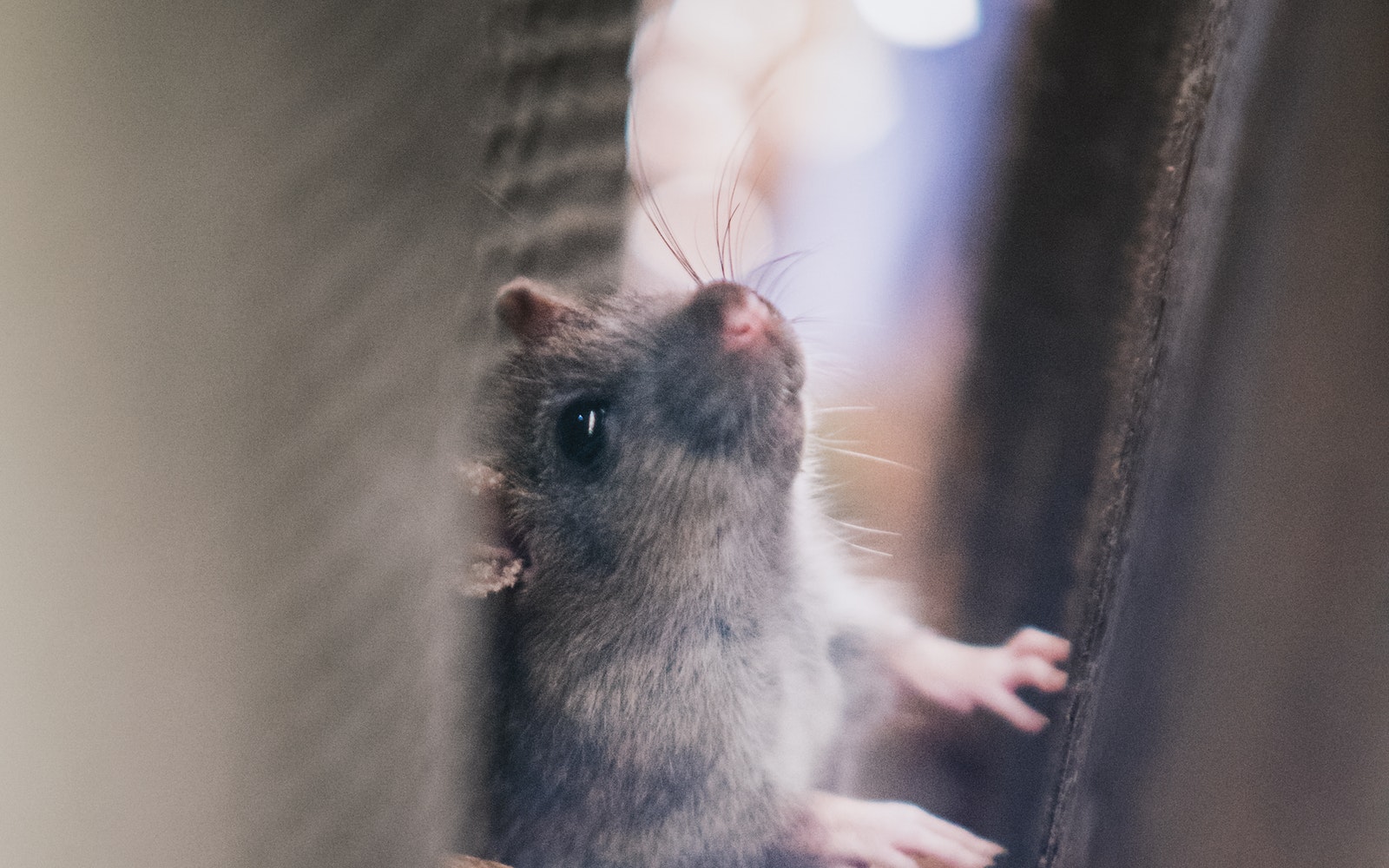

Articles
How Do Mice Get Into The Attic
Modified: January 6, 2024
Discover how mice manage to find their way into your attic in this informative article. Learn effective strategies to prevent mice infestations.
(Many of the links in this article redirect to a specific reviewed product. Your purchase of these products through affiliate links helps to generate commission for Storables.com, at no extra cost. Learn more)
Introduction
Welcome to our in-depth guide on how mice get into attics. Mice are pesky little creatures that can cause a lot of damage when they infest your home. One of the most common areas where mice can find their way into is the attic. In this article, we will explore the various entry points that mice use to access attics, the signs of a mouse infestation, the potential damages caused by mice in the attic, as well as prevention and control methods. Understanding how and why mice enter attics is crucial for effective pest management, so let’s dive in!
Key Takeaways:
- Mice are resourceful and persistent in finding ways into your attic. Regular inspections and sealing entry points are crucial in preventing infestations and minimizing potential damages.
- Early detection of mouse infestations in the attic is essential. Look out for signs such as droppings, gnaw marks, and urine stains, and take immediate action to prevent further spread.
Read more: How Do Mice Get Into Basement
Common Entry Points for Mice
Mice are incredibly small and agile creatures that can squeeze through tiny openings, making it relatively easy for them to find their way into attics. Here are some of the most common entry points for mice:
- Roof Vents: Mice can enter attics through damaged or improperly sealed roof vents. These vents provide easy access for mice to crawl into the attic space.
- Chimney: If the chimney has cracks or gaps, it can become an entry point for mice. They are excellent climbers and can easily scale the exterior of the chimney and find their way into the attic.
- Soffits and Fascia: Mice can chew through weakened or damaged soffits and fascia, which are the horizontal and vertical bands that connect the roof to the outer walls of a house. Once they make a hole, they can easily crawl into the attic.
- Plumbing and Electrical Openings: Small gaps around plumbing and electrical lines can provide entry points for mice. They can squeeze through these openings and make their way into the attic.
- Holes in Walls: Any small holes or gaps in the exterior walls of your home can be an invitation for mice to enter the attic. They can climb up the walls and find their way through even the tiniest openings.
- Attic Access Points: If the access points to your attic, such as attic doors or hatches, are not properly sealed or closed, mice can easily crawl through and establish their presence in the attic.
It is important to note that mice are opportunistic and persistent creatures, so they will keep searching for any weak spots and new entry points to gain access to your attic. Regular inspections and maintenance of these areas can help prevent mouse infestations.
Signs of Mice Infestation in the Attic
Identifying the signs of a mouse infestation in your attic is crucial for early detection and effective pest control. Here are some common signs to look out for:
- Droppings: Mouse droppings are a clear indication of their presence. These droppings are often small and rod-shaped and can be found in concentrated areas where mice frequent, such as near their nesting sites or along their regular pathways.
- Gnaw Marks: Mice have a constant need to gnaw on objects to keep their teeth from overgrowing. Look for gnaw marks on wooden beams, insulation, wires, and other materials in your attic. Fresh gnaw marks will be light in color, while older ones may be darker.
- Urine Stains and Odor: A strong and pungent smell of urine in the attic indicates the presence of mice. Look for dark stains and trails along walls, insulation, and other surfaces.
- Nesting Materials: Mice build nests using various materials such as shredded paper, fabric, insulation, and even their own fur. Finding nests or signs of nesting materials in your attic is a strong indication of a mouse infestation.
- Chewing Damage to Property: Mice have a tendency to chew through wires, plastic, wood, and other materials in order to create pathways and nests. Keep an eye out for chewed furniture, wires with exposed insulation, or chewed-through food packaging.
- Noise: Mice are active creatures, especially at night. If you hear scratching, scurrying, or squeaking sounds coming from your attic, it is likely that mice have taken up residence.
- Sightings: In some cases, you may actually see mice in your attic or notice them scurrying across your attic floor or along walls. This is a clear indication of an active mouse infestation.
If you notice any of these signs in your attic, it is important to take immediate action to prevent the infestation from spreading further.
Seal all entry points around the exterior of your home with steel wool, wire mesh, or foam insulation to prevent mice from getting into the attic.
Potential Damages Caused by Mice in the Attic
Mice may appear small and harmless, but they can cause significant damage when they infest your attic. Here are some potential damages caused by mice in the attic:
- Structural Damage: Mice have strong teeth and a constant need to gnaw on objects. As a result, they can chew through insulation, electrical wiring, wooden beams, and other structural components in your attic. This can weaken the integrity of your home’s infrastructure and pose a safety hazard.
- Fire Hazards: Mice gnawing on electrical wiring can expose the wires and create a fire hazard. Exposed wires can short-circuit and ignite insulation or other flammable materials in your attic.
- Contamination: Mice carry bacteria, viruses, and parasites, making them potential carriers of diseases. Their droppings, urine, and hair can contaminate insulation, stored belongings, and even your household air if they make their way into your living spaces.
- Damage to Belongings: Mice are notorious for finding and destroying stored items. They may chew through cardboard boxes, fabrics, papers, and other materials to make nests or forage for food. Valuable items such as clothing, photographs, and documents can be irreparably damaged by their gnawing or urine stains.
- Food Contamination: Mice are scavengers that will seek out any available food sources in your attic. They may contaminate stored food items, pet food, or even birdseed with their droppings, urine, or hair, making it unsafe for consumption.
- Secondary Pest Infestations: Mice can attract other pests, such as insects or larger predators, into your attic. These secondary infestations can create additional headaches and expenses in solving the pest problems.
It is crucial to address a mouse infestation in your attic promptly to minimize these potential damages and protect your property and health.
Prevention and Control Methods
Preventing mice from entering your attic is key to avoiding infestations and the associated damages. Here are some effective prevention and control methods:
- Sealing Entry Points: Inspect your attic and the exterior of your home for any gaps, cracks, or openings that mice can use to gain entry. Seal these entry points with caulk, steel wool, or other appropriate materials to prevent mice from getting inside.
- Maintaining Proper Storage: Store items in plastic containers with tight-fitting lids to prevent mice from accessing and contaminating them. Avoid using cardboard boxes or leaving food sources exposed in your attic.
- Trimming Vegetation: Trim tree branches and shrubs near your home, especially those that touch or hang over the roof. This eliminates potential pathways for mice to access your attic.
- Keeping a Clean Environment: Regularly clean your attic to remove any potential food sources or nesting materials that may attract mice. Vacuum up droppings and dispose of them properly.
- Proper Waste Management: Ensure that your garbage cans are tightly closed and stored away from your home to discourage mice from scavenging for food near your property.
- Professional Pest Control: If you have a recurring mouse infestation in your attic or if the infestation is severe, it is advisable to seek professional pest control services. Pest control experts have the knowledge and tools to effectively eliminate mice and prevent future infestations.
- Using Traps and Baits: Traps and baits can be effective in capturing and eliminating mice. However, it is important to use them with caution and follow the manufacturer’s instructions to avoid harm to yourself, pets, or wildlife.
Remember, preventing mice from entering your attic in the first place is the best approach. Regular inspections and maintenance can help you identify and address any potential entry points before a full-blown infestation occurs.
Read more: What Do Mice Eat In The Attic
Conclusion
Mice getting into the attic can be a common and frustrating problem for homeowners. However, by understanding the common entry points, recognizing the signs of infestation, and implementing proper prevention and control methods, you can protect your attic from these unwanted guests and minimize potential damages.
Regular inspections, sealing entry points, and maintaining a clean environment are essential in preventing mice from accessing your attic. Taking quick action at the first sign of infestation can help you avoid costly repairs and protect your belongings.
If you are experiencing a persistent or severe mouse infestation in your attic, it is advisable to seek professional pest control services. Pest control experts have the expertise and tools to effectively eliminate the infestation and provide long-term prevention strategies.
Remember, mice are resourceful creatures, and they can quickly find new ways to enter your attic. Stay vigilant and act promptly to address potential entry points and keep your attic mouse-free.
By implementing preventive measures, being proactive in addressing any signs of infestation, and considering professional assistance when necessary, you can successfully keep mice out of your attic and maintain a safe and hygienic home.
Frequently Asked Questions about How Do Mice Get Into The Attic
Was this page helpful?
At Storables.com, we guarantee accurate and reliable information. Our content, validated by Expert Board Contributors, is crafted following stringent Editorial Policies. We're committed to providing you with well-researched, expert-backed insights for all your informational needs.
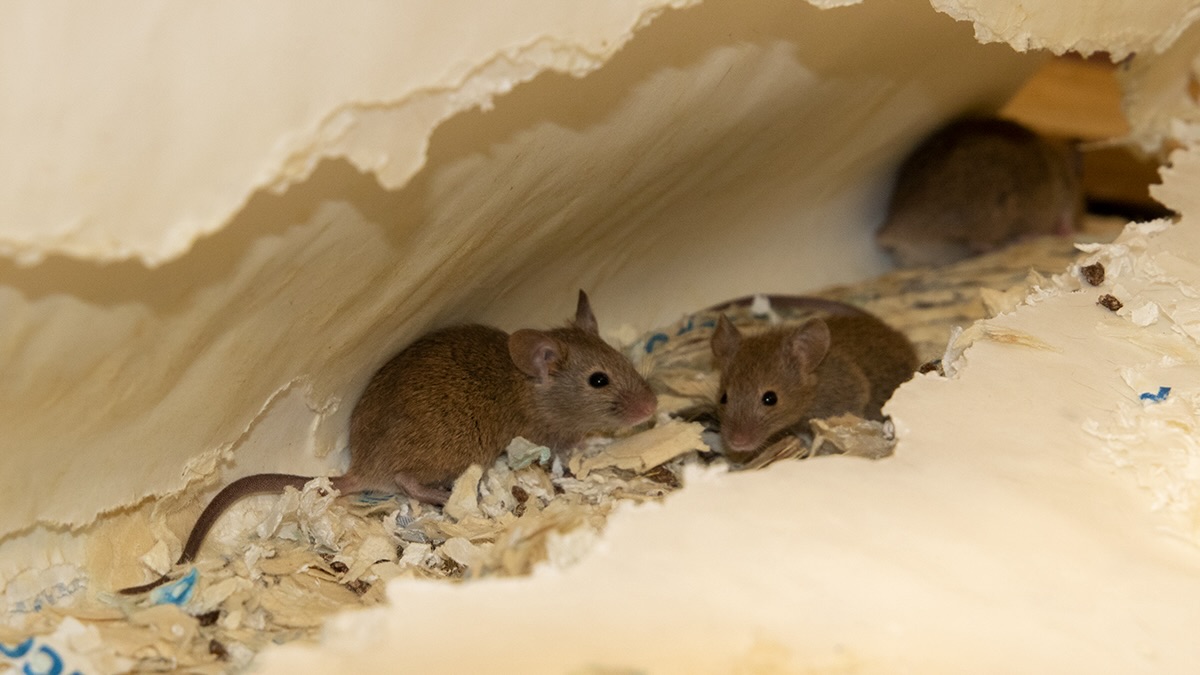
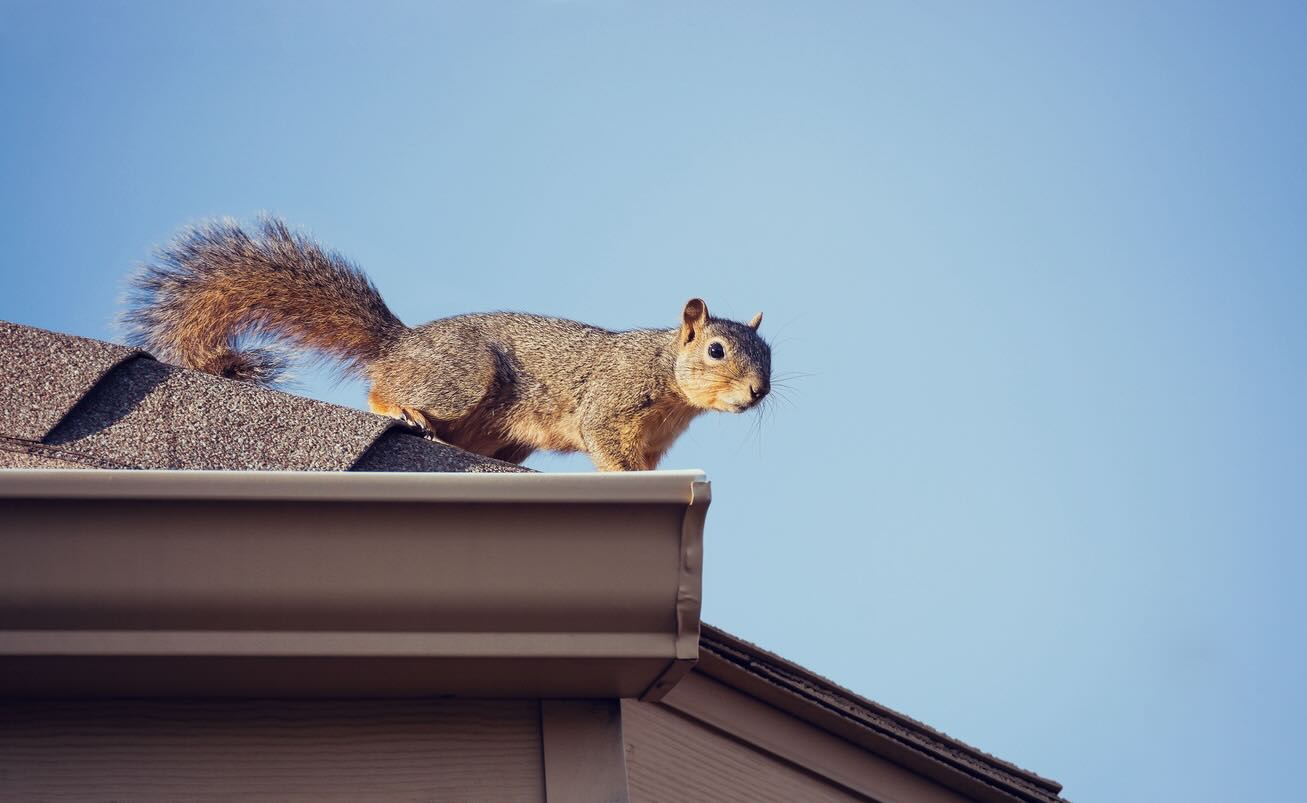
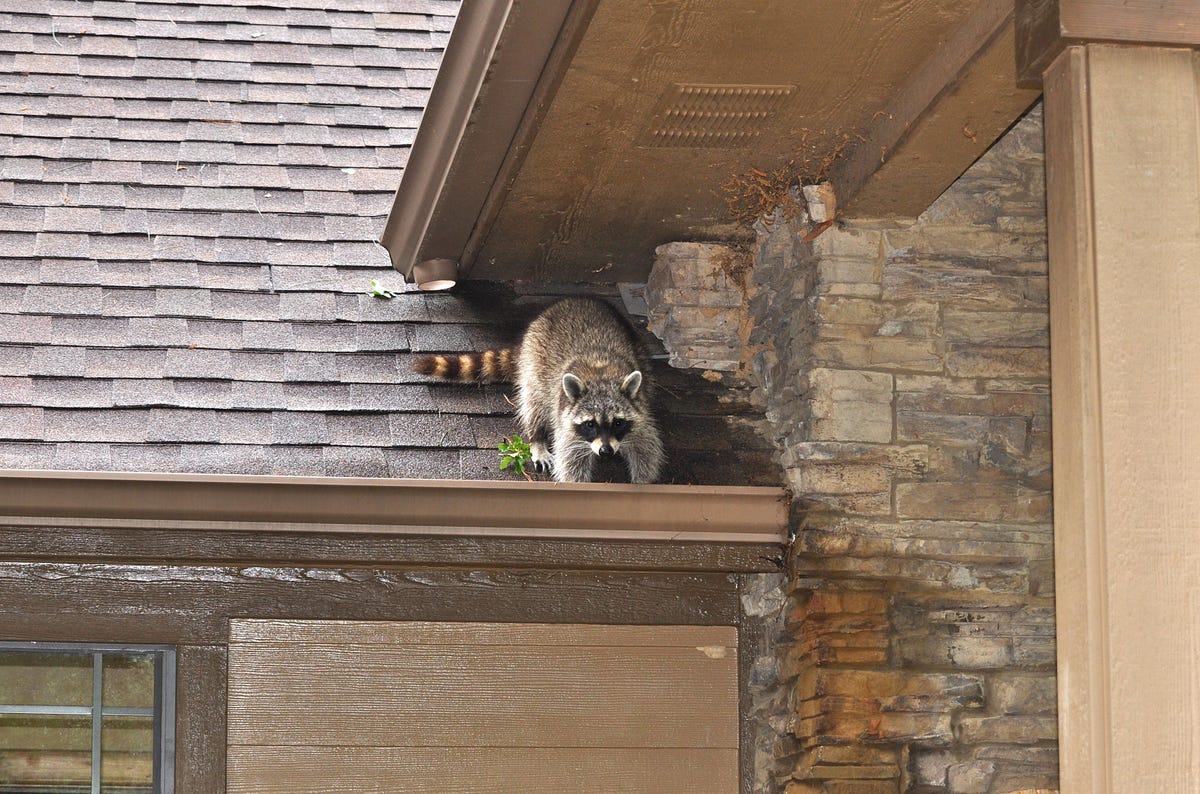
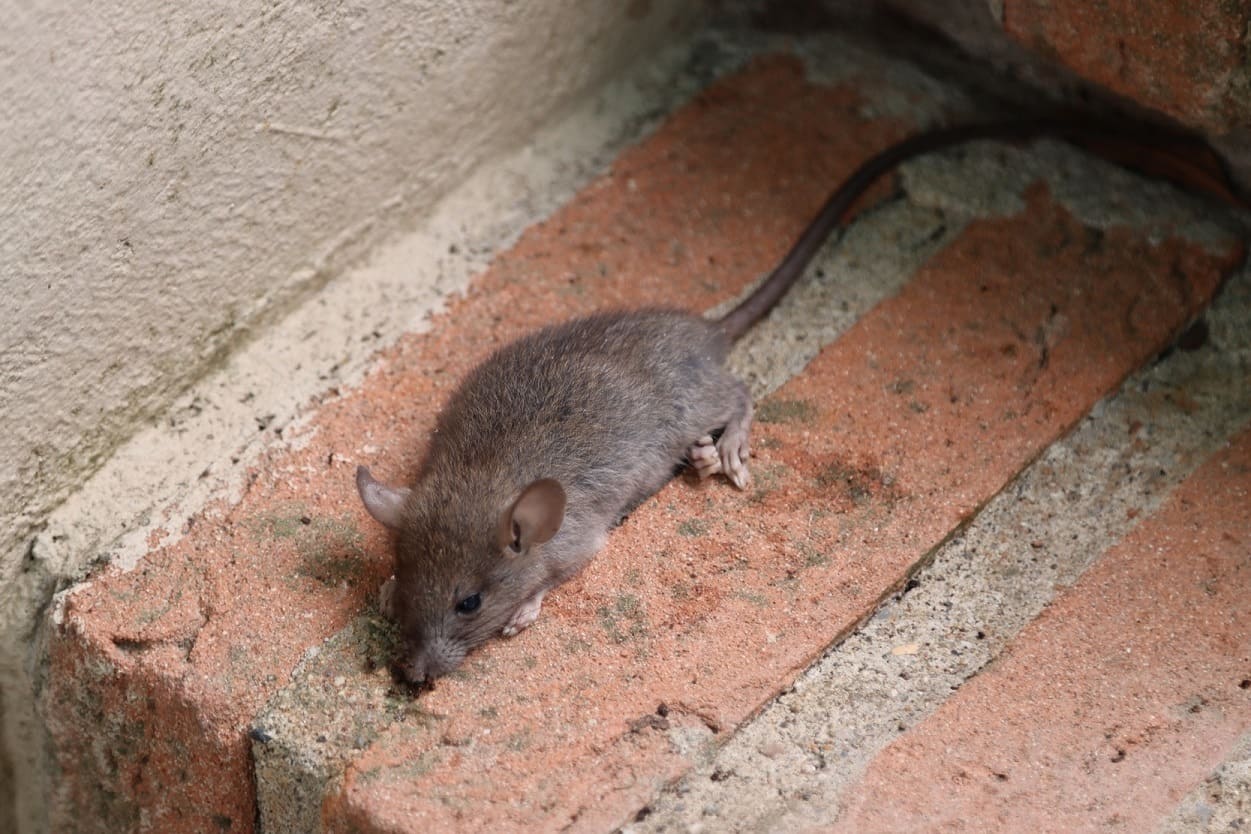
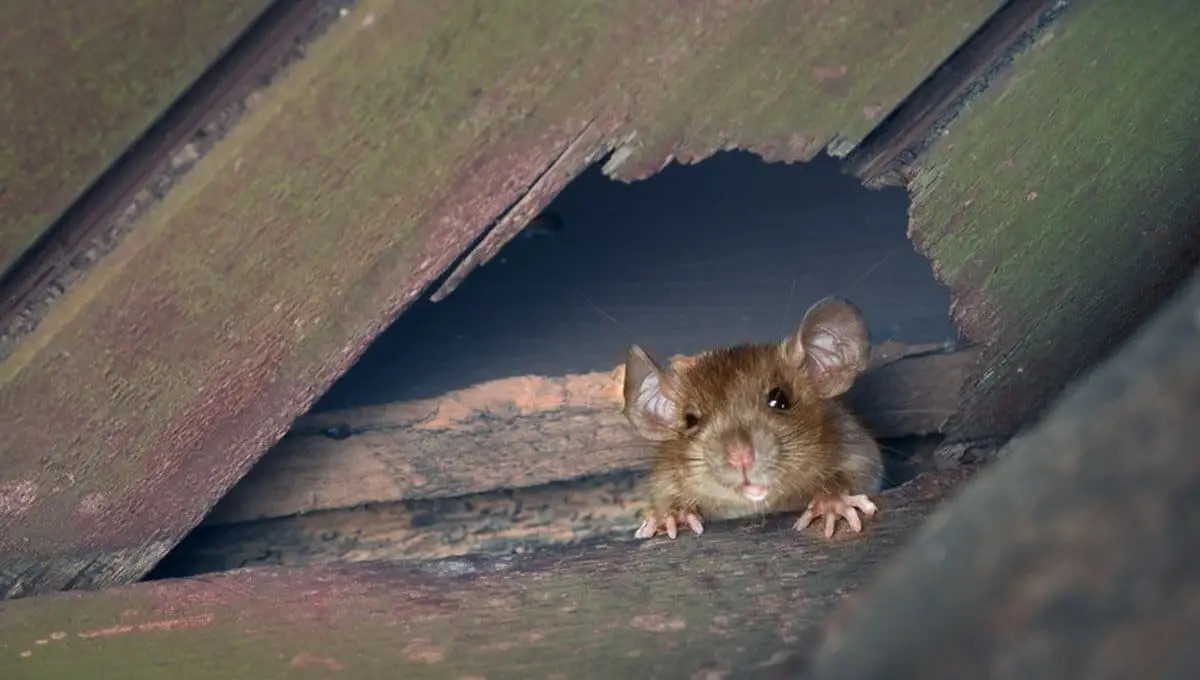

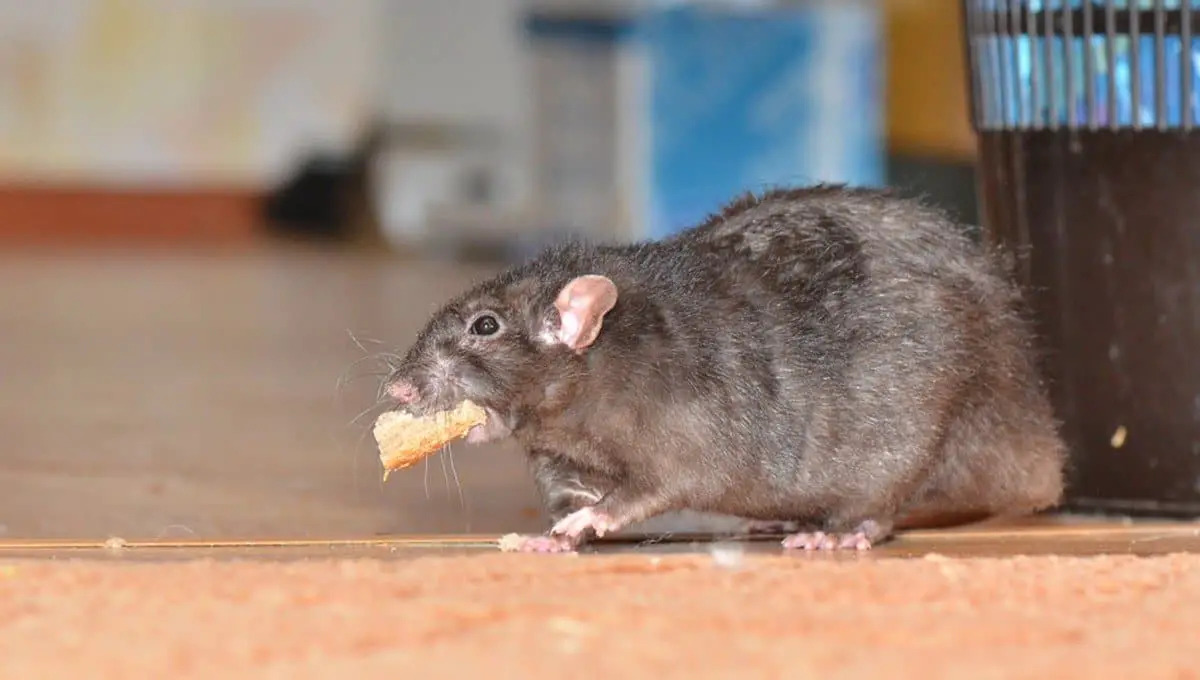
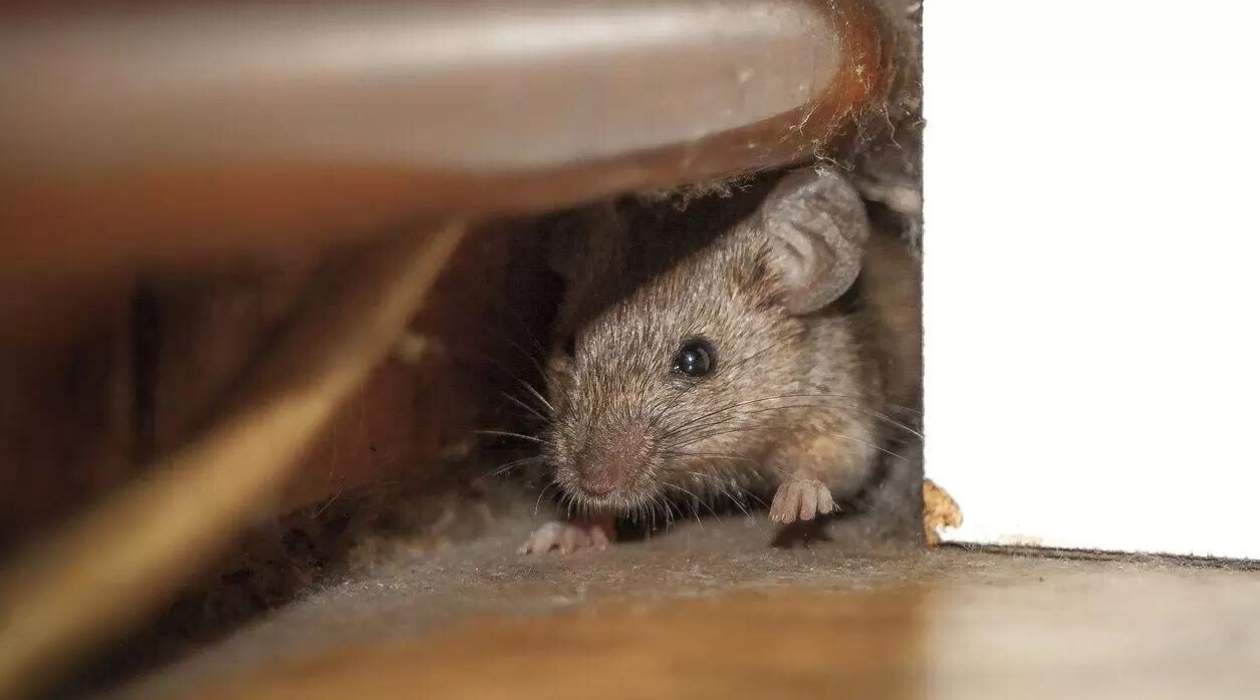
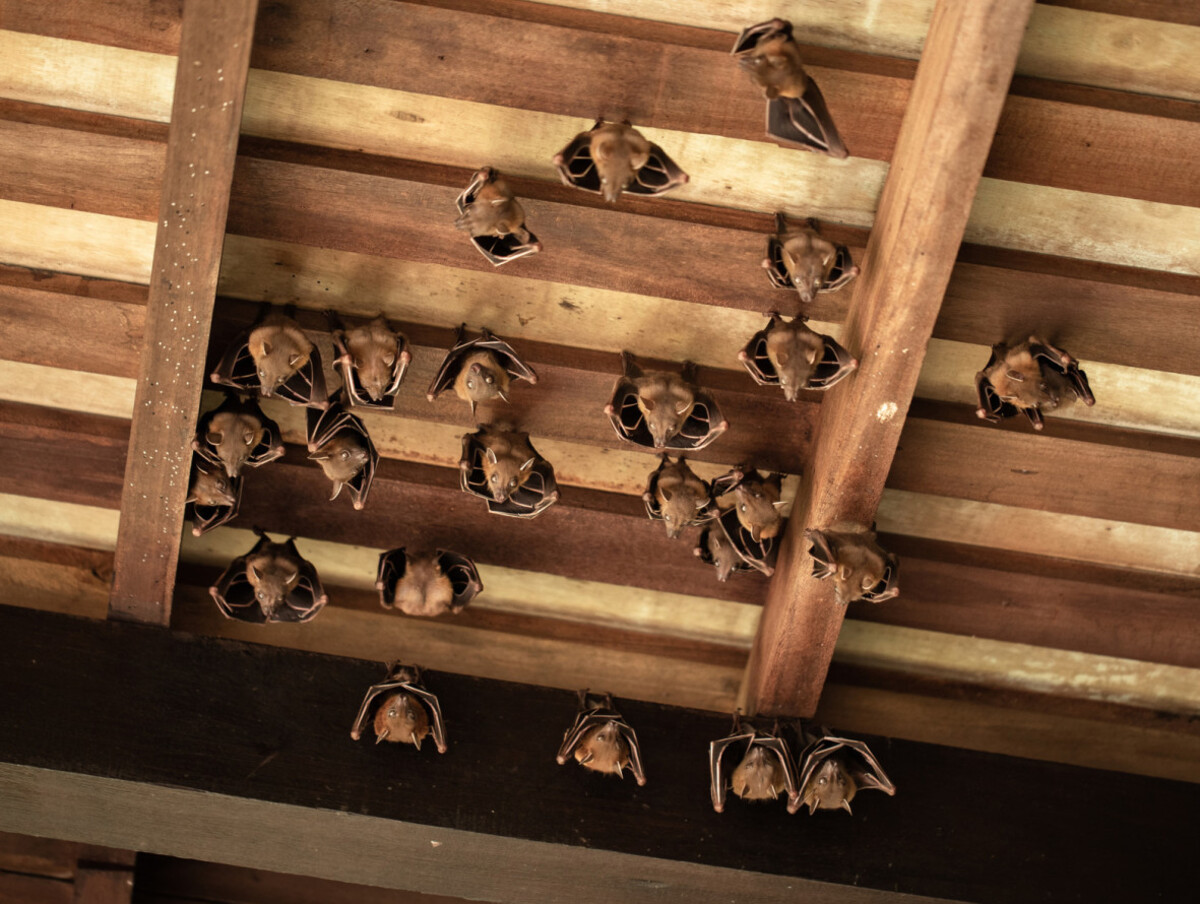
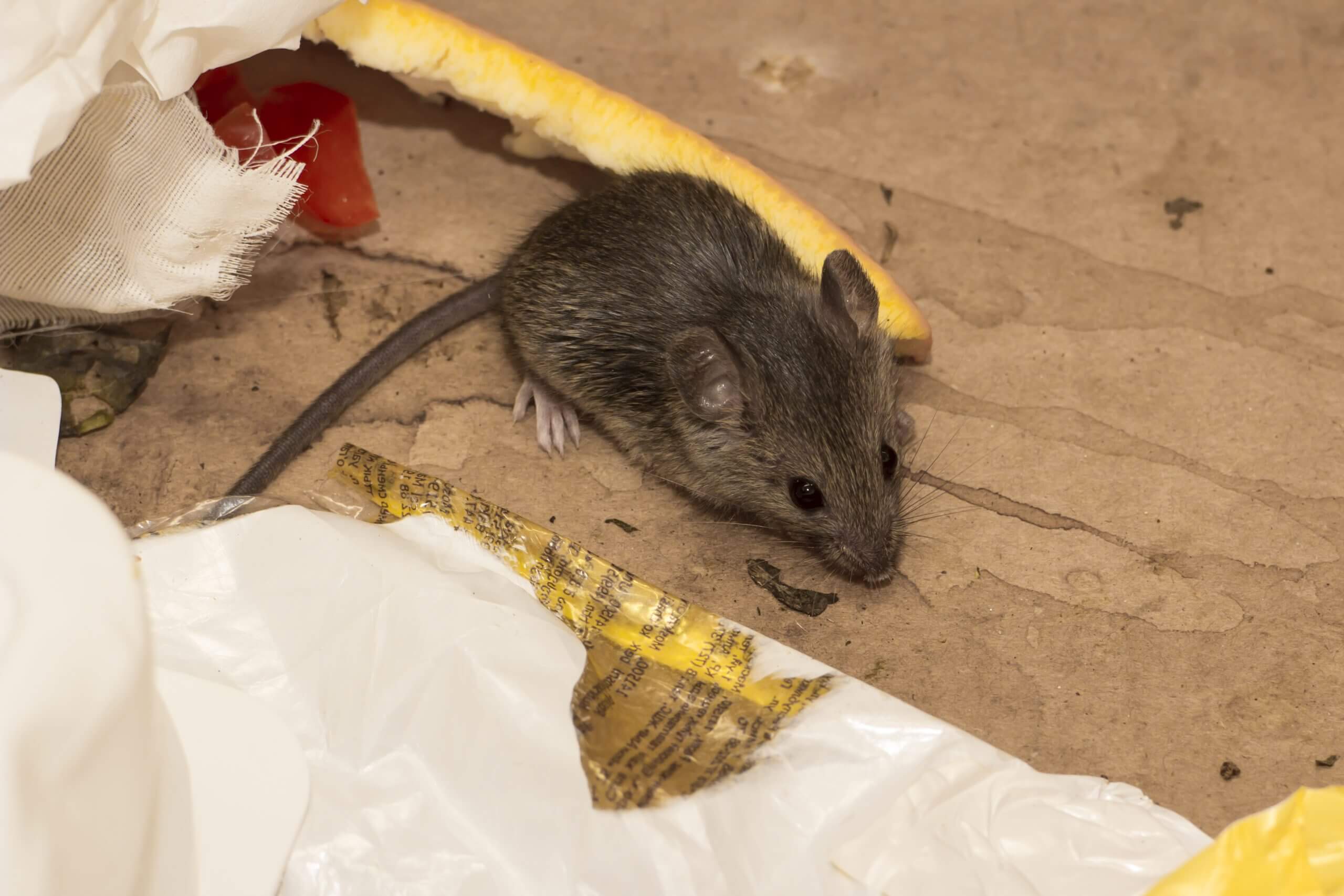
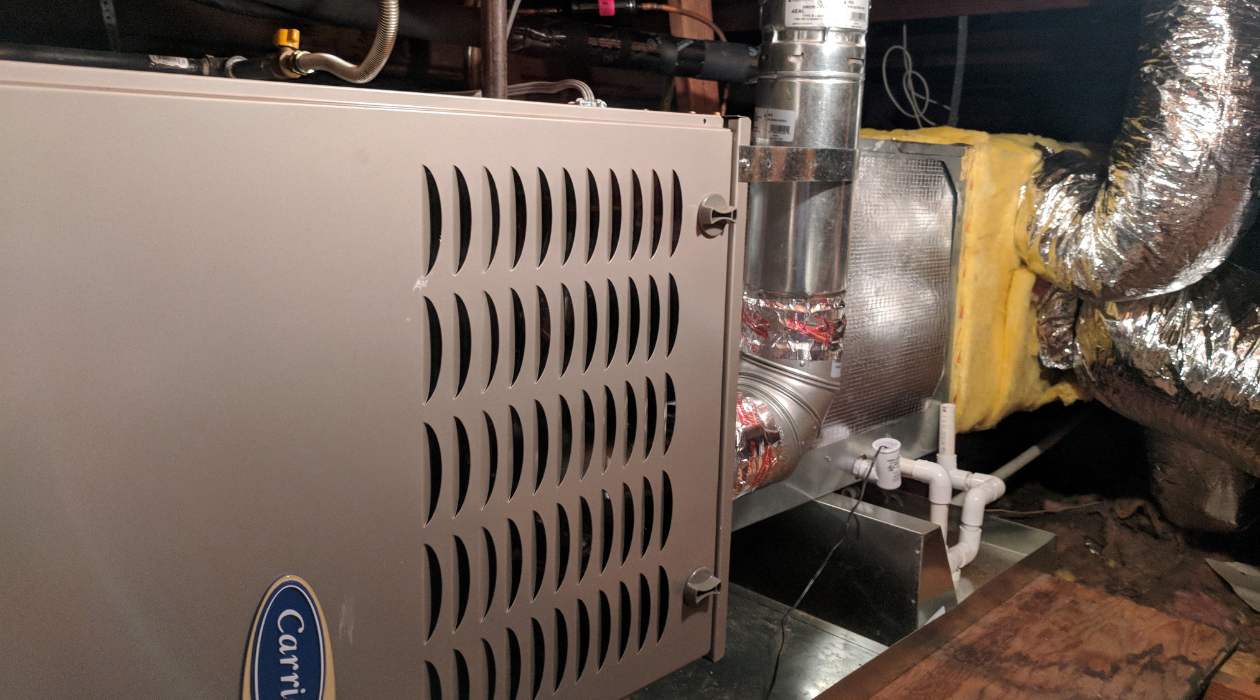

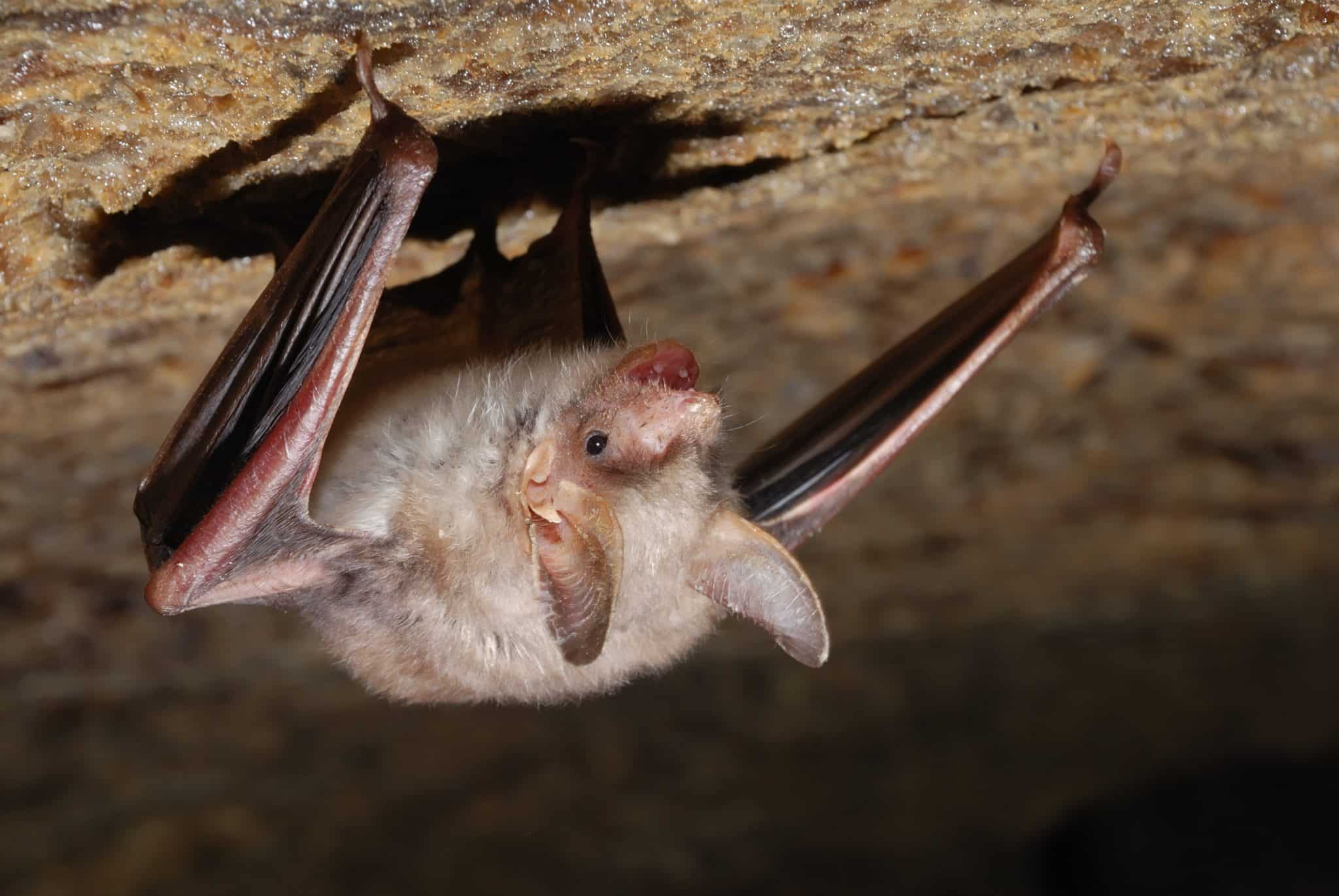
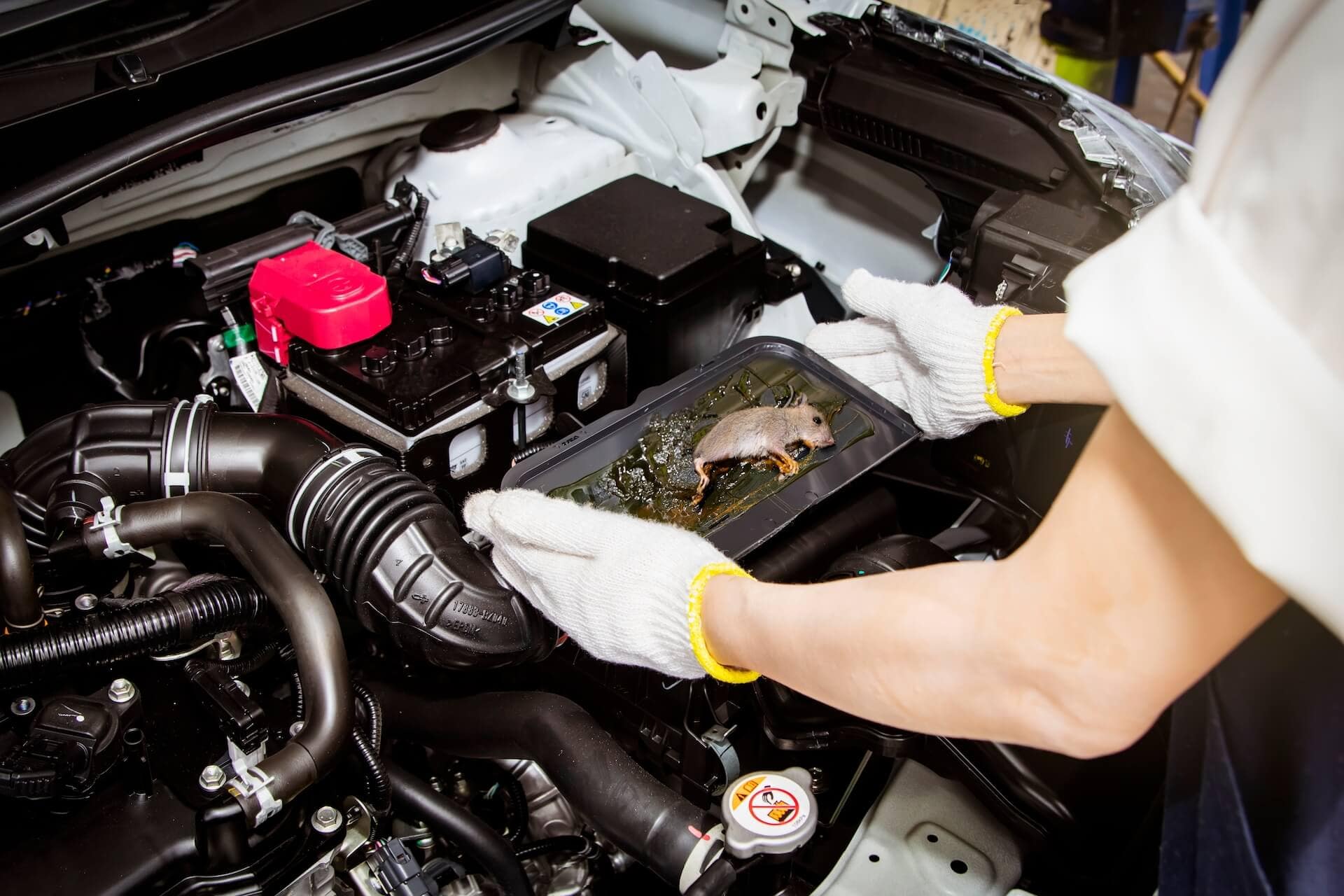

0 thoughts on “How Do Mice Get Into The Attic”